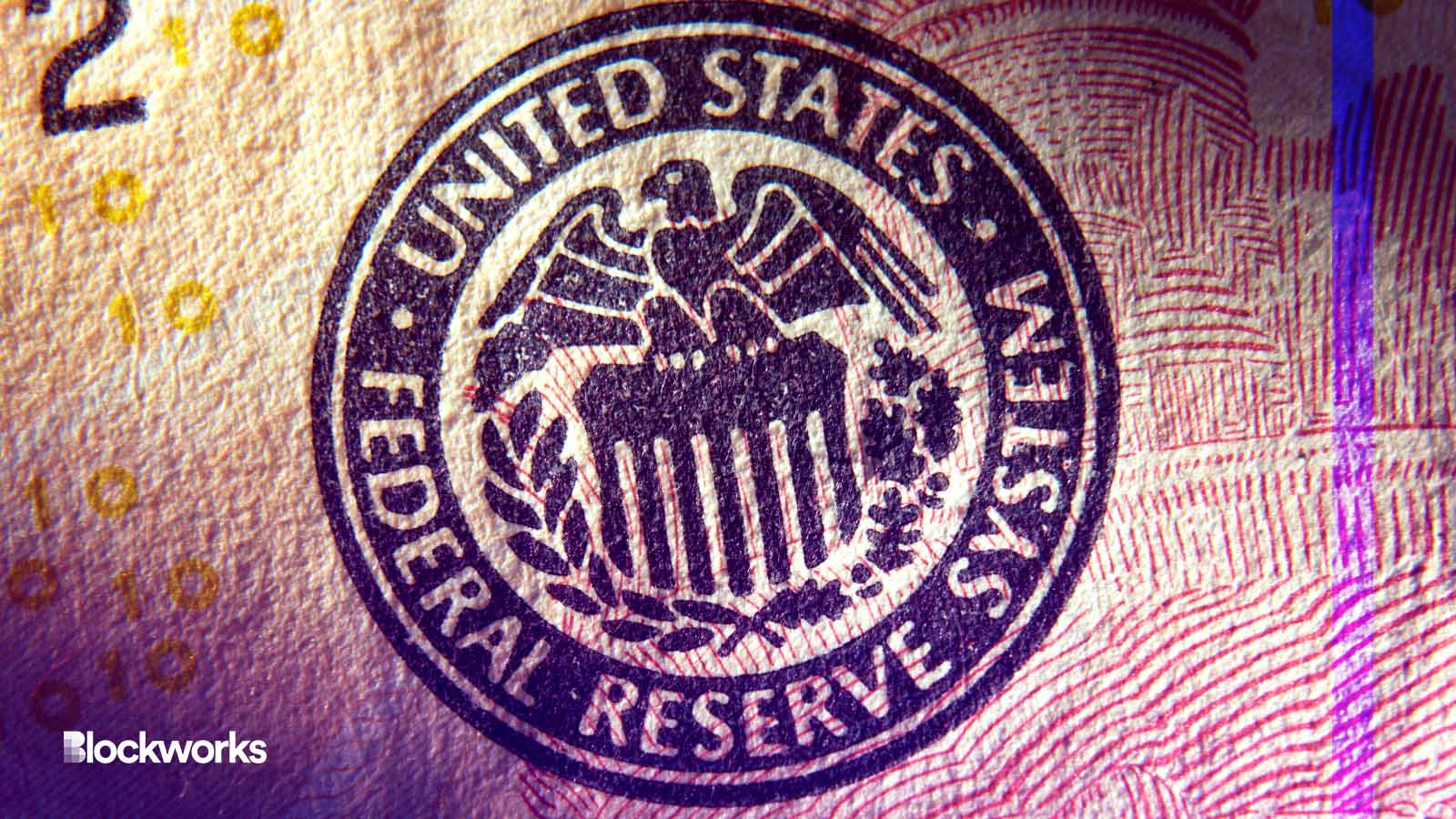Supervision Board Says Fed Dropped the Ball on SVB Oversight
At the time of its collapse, Silicon Valley Bank had 31 open supervisory findings, about 3 times as many as its peers

Lotus_studio/Shutterstock modified by Blockworks
The Federal Reserve had insufficient regulatory standards for recently closed Silicon Valley Bank, a new report finds.
Fed Vice Chair for Supervision Michael Barr led the investigation into how Silicon Valley failed and the role the central bank played.
“The supervision of SVB did not work with sufficient force and urgency, and contagion from the firm’s failure posed systemic consequences not contemplated by the Federal Reserve’s tailoring framework,” Barr wrote in the report, published Friday.
At the time of its collapse, SVB had 31 open supervisory findings, which the Fed files when a bank has concerns requiring federal government attention. Other banks under the Fed’s purview had around 10 supervisory findings, the report added.
The Fed noted risks in SVB’s liquidity, capital, management and asset quality, among other things, every year between 2020 and 2022 but did not file additional supervisory findings until November 2022. In this finding, the central bank announced plans to downgrade SVB’s rating related to interest rate risk, but Silicon Valley failed before the downgrade was made.
Supervisory findings on the whole have been declining since 2014, the Fed notes in a separate report.
The report criticizes former Fed Supervision head Randal Quarles, appointed under President Trump, for a “cultural shift” that led to more relaxed oversight over SVB and other institutions.
Going forward, Barr says central bankers will work toward a “stronger regulatory framework.”
“With respect to capital, we are going to evaluate how to improve our capital requirements in light of lessons learned from SVB,” Barr wrote in the report. “We are also going to evaluate how we supervise and regulate liquidity risk, starting with the risks of uninsured deposits.”
Get the news in your inbox. Explore Blockworks newsletters:
- The Breakdown: Decoding crypto and the markets. Daily.
- 0xResearch: Alpha in your inbox. Think like an analyst.






